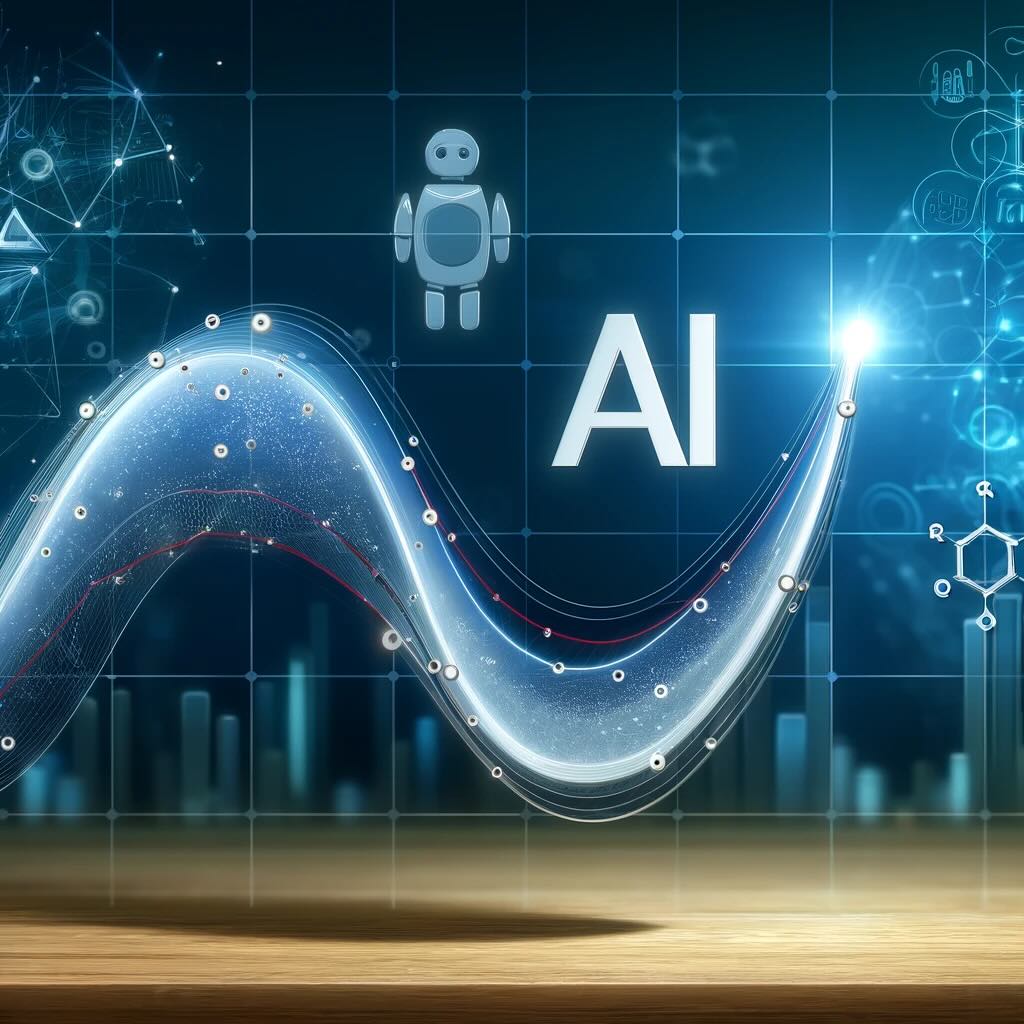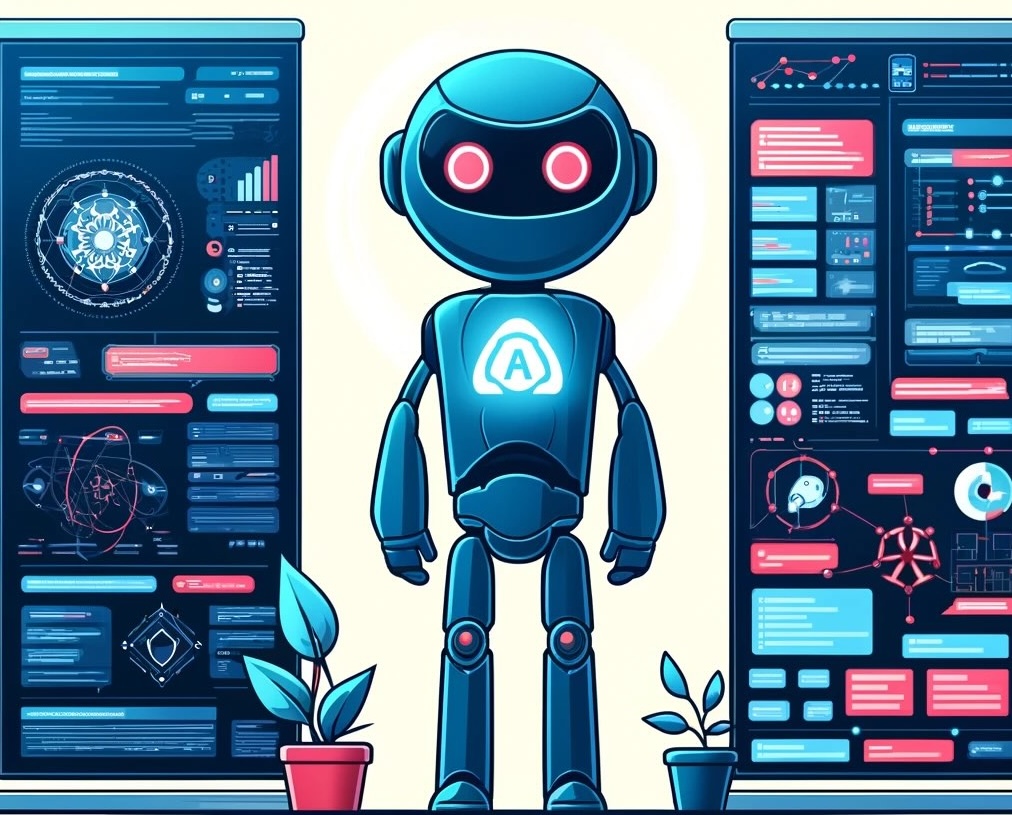I’ve always been interested in getting things done (GTD). Both professionally and personally. Being productive with a focus on the execution side is important, but not without embracing the rise of intelligence in the workplace.
Right now, Intelligent Automation (IA) has my professional focus. To drive better client outcomes by supporting knowledge workers you must bring that right blend of methodology and technology. And you guessed it, AI is that technology making the difference today. AI amplifies the impact of IA. AiA, the synergy of AI and IA has intelligence at the center of everything.

The Rise of the Digital Workforce
The digital workforce is predominantly made up of human workers. However, AiA will add more and more automated processes, increasing the size of digital workforce. But more importantly, the shape and structure of the digital workforce will change significantly and permanently. And the role of humans within the digital workforce will be even more critical. We have officially entered the future of work discovery phase. No one knows what that digitial workforce mix will be. We are all learning together.
However, ignorance is no excuse. What we do know is that intelligent knowledge workers, those that can work with AiA, will have more opportunities within the shifting and growing digital workforce, than those that can’t.
AiA gifts knowledge workers with time to perform more human-centric tasks. By delegating the manual and mundane to machines, we can embrace the creative and innovative to drive intelligent outcomes for others.
So, where are we today?
Every business is different. Culture, strategy, talent, operations, innovation, data, technology, just to name a few, and their inter-dependencies, define an organization.
However, the race is to digitize everything, everywhere, all at once, and intelligently. Do you know what you do? Are your processes undocumented, documented, automated, and/or integrated? What’s your mix? Is your scope internal, external, with or without partners? And your data, who owns it? How do you share, secure, syndicate, sanitize, and simplify it? Do you know how to monetize what you have? Have you separated what you sell from effort required to deliver it?
There are just a few questions to address before you can scale your business with AiA.
And the next step is…
Shared awareness. We are in the intelligence revolution. Steam, mass production, and digital are industrial revolutions that have been and gone. Now the transformation towards intelligent connected systems, fueled by data, powered by machines, and directed by humans is in full swing. Our forward-thinking leaders are placing big bets in AiA with the clear understanding that the intelligence landscape is critical to future growth and survival.
So, empowered execution follows shared awareness. Those at the tip of shift have started executing, but not underestimate the amount of effort it requires to reach shared awareness. And that’s where most of us are playing now.











